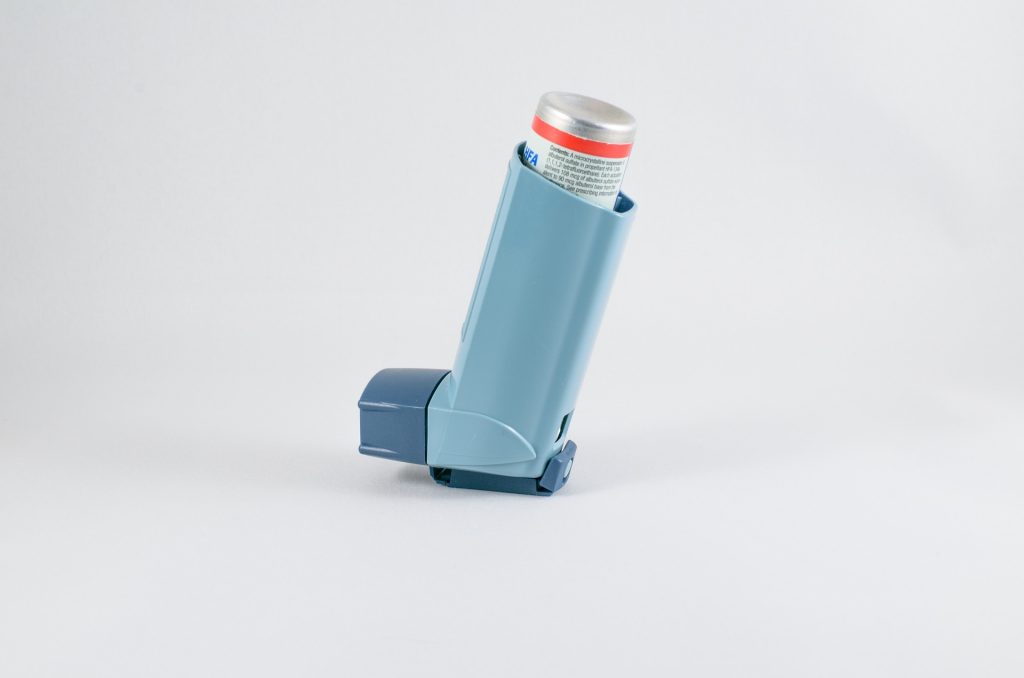
Researchers looking for post-breastfeeding dietary patterns in two prospective birth cohorts, were surprised to discover meat consumption as a predictive factor.
Alexander Hose, MA, MPH, of Ludwig Maximilian University in Munich presented the study’s findings at the virtual European Respiratory Society annual meeting.
After switching from breast milk, babies up to age 1 whose protein intake came largely from meat products, rather than dairy, fish, or egg proteins, had a more than eight-fold greater chance of developing asthma by age 6 versus non-meat protein consumption. Asthma prevalence reached 30% in some subgroups.
Wheezing was more common in this diet pattern, which Hose and colleagues termed “unbalanced meat consumption” (UMC); this continued up to age 10, with a five times higher odds.
The duration of breastfeeding was an important factor, likely because switching to baby foods prolonged the exposure. Odds of developing asthma by age 6 increased nearly 12-fold in UMC-fed infants whose breastfeeding stopped by week 19, versus about four-fold in those continuing longer on breast milk.
In addition, UMC was also linked to a certain intestinal microbiome profile featuring unusually high levels of Lactococcus, Granulicatella, and Acinetobacter species.
This type of microbiome scavenges iron in the gut, Hose said, which could explain why the children became especially susceptible to asthma. Additionally, milk proteins may exert an opposite effect on asthma risk by generating a type of “nutritional immunity.”
While the mechanism connecting the gut microbiome to respiratory disease is unknown, the existence of a ‘gut-lung axis‘ is well established; a recent trial showed that probiotics can prevent coughs and wheezing in older adults. The phenomenon has also been considered for COVID’s gastrointestinal symptoms.
A pair of European birth cohort studies, PASTURE and LUKAS2, provided the data for the study. In these, about 1400 infants were followed through age 10 and parents kept detailed records of their infants’ feeding, and other environmental factors, and children’s medical records were accessed as well.
However, a key limitation is the cohorts being from rural areas since investigating asthma’s relationship to animal exposure was a key goal for the studies. Partly because of this, Hose and colleagues were able to separate out ‘industrial’ meat, milk, and yoghurt from that produced at home. A trend toward greater asthma risk was observed with store-bought protein products.
Source: MedPage Today

